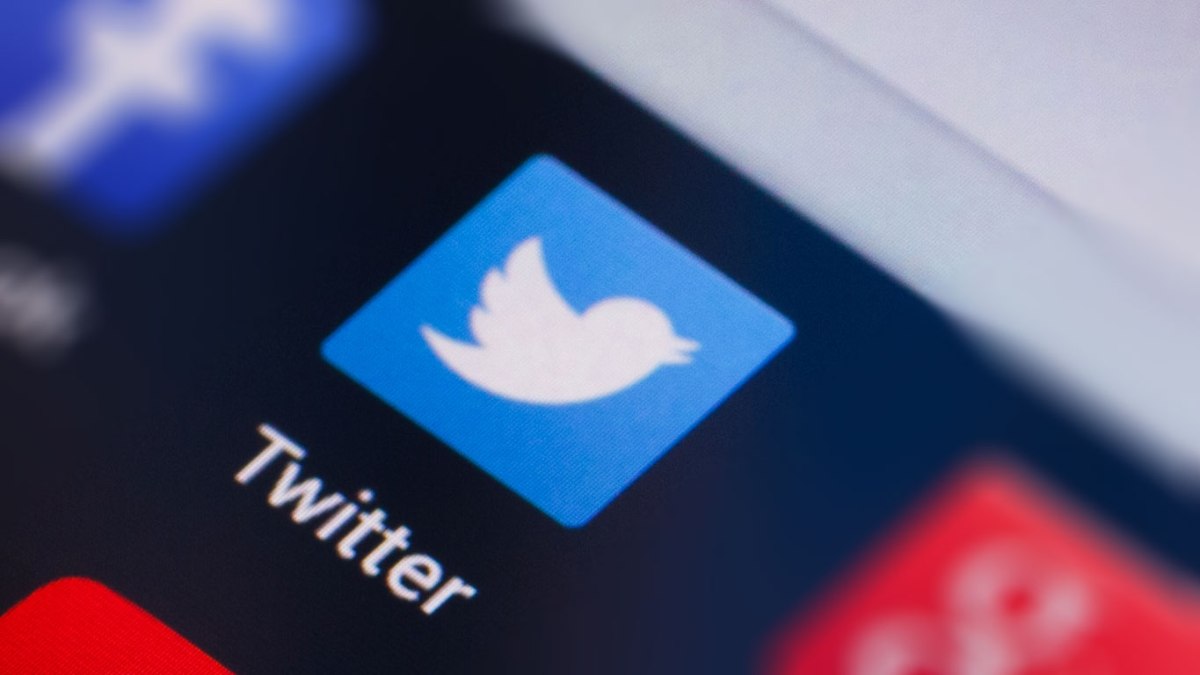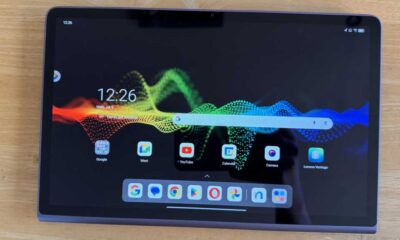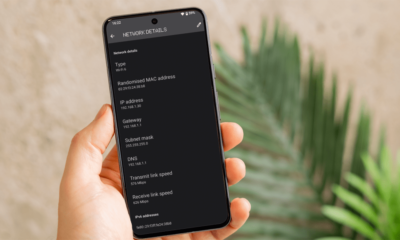Technology
Google built some of the first social apps for Android, including Twitter and others

Here’s a bit of startup history that may not be widely known outside the tech companies themselves: The first versions of popular Android apps, like Twitter, were built by Google itself. That revelation came about through a new podcast with Twitter’s former senior director of product management, Sara Beykpour, now co-founder of AI news startup Particle.
In a podcast hosted by Lightspeed partner Michael Mignano, Beykpour reminisces about her role in the history of Twitter. She explains how she started working at Twitter in 2009, initially as a tools engineer, when the company only employed around 75 people. Later, Beykpour moved to work on mobile at Twitter, around the time other third-party apps were becoming increasingly popular on other platforms, such as BlackBerry and iOS. One of these, Loren Brichter’s Tweetie, was even adopted by Twitter to form the basis of the first official iOS app.
As for Twitter’s Android app, it came from Google, Beykpour said.
The Twitter for Android client was “a demo app that Google created and gave to us,” she said in the podcast. “They did that with all the popular social apps of the time: Foursquare…Twitter…they all looked the same in those early days because Google wrote them all.”
Mignano interjected, “Wait, so back up; explain this. “So Google wanted companies to adopt Android so they would build apps for you?”
“Yes, exactly,” Beykpour replied.
Twitter then took over the Android app that Google had built and continued to develop it. Beykpour was the company’s second Android engineer, she said.
Google had even detailed its work on the Android Twitter client in a 2010 blog postbut much of the press coverage at time did not attribute the app to Google’s work, making this a forgotten piece of internet history. In Google’s post, the company explains how they implemented early Android best practices into the Twitter app. Beykpour told JS that the author of the message, Virgil Dobjanschi, was the lead software engineer.
“If we had any questions, we had to ask him,” she remembers.
Beykpour also shared other stories about the early days of Twitter. For example, she worked on Twitter’s video app Vine (after returning to Twitter after a stint at Secret) and was under pressure to launch Vine on Android before Instagram launched its video product. She met that deadline by launching Vine about two weeks before Instagram Video, she said.
The latter had a “significant” impact on Vine’s figures and, according to Beykpour, was the cause of the demise of the popular app.
“That was the day the writing was on the wall,” she said, even though it took years for Vine to finally close.
At Twitter, Beykpour had led the shutdown of Vine’s product – an app still so popular that even new Twitter/X owner Elon Musk holds teasing to bring it back. But Beykpour thinks Twitter made the right decision with Vine, as the app wasn’t growing and was expensive to use. She admits others may see it differently, perhaps arguing that Vine was under-resourced or didn’t have the support of leadership. But ultimately, the shutdown came down to Vine’s impact on Twitter’s bottom line.
Beykpour also shared an interesting anecdote about working on Periscope. She joined the startup at the time it was acquired by Twitter and after leaving Secret. She recalls having to officially rejoin Twitter under an assumed name to keep the takeover secret for a while.
On Twitter, she also spoke about the difficulty of getting resources to develop products and features for power users, such as journalists.
“Twitter really struggled to define the user,” she said, because it “used a lot of traditional OKRs and metrics.” But the fact of the matter was that “only a fraction of people tweet,” and “of the fraction of people who tweet, a subset of them are responsible for the content that everyone actually wants to see,” was something that Beykpour said was difficult. to measure.
Now at Particle, her experience building Twitter informs the strategy for the AI news app, which aims to connect people with the news they care about and what’s happening around them.
“Particle is a reinterpretation of how you consume your daily news,” says Beykpour in the podcast. The app aims to view news from multiple perspectives while providing access to high-quality journalism. The startup is looking for a different way to monetize reporting than ads, subscriptions or micropayments. However, the details of how Particle will do this are still up for debate. The startup is currently talking to potential publishing partners about how to compensate them for their work.











